When I was a kid, my mom had a single rose plant in the front yard that grew approximately two to five gorgeous roses a year. As perfect as they were consistent every spring, they were the crimson stars of our yard. I was always curious how she could love this single plant so deeply but never take the time to grow dozens more. Our yard was a patch of land that I always perceived as a complete anomaly and privilege in our south Seattle neighborhood, which consisted mostly of neatly placed public housing units where every square foot of the city was accounted for.
She would always say how much she loved her rose bush and how she would love to have more flowers and maybe a few vegetables, but she never added more plants. It wasn’t until much later in my life (probably a lot later than I feel is fair to her) that I understood she was coming home from a full-time job to raise two sons and make a home for us. I imagine that between cross-checking my dad’s newest business idea’s tax preparations and making sure her teenage boys were eating whole, nutritious meals, she didn’t quite have space in her calendar to frolic in the yard and test the pH level of her soil.
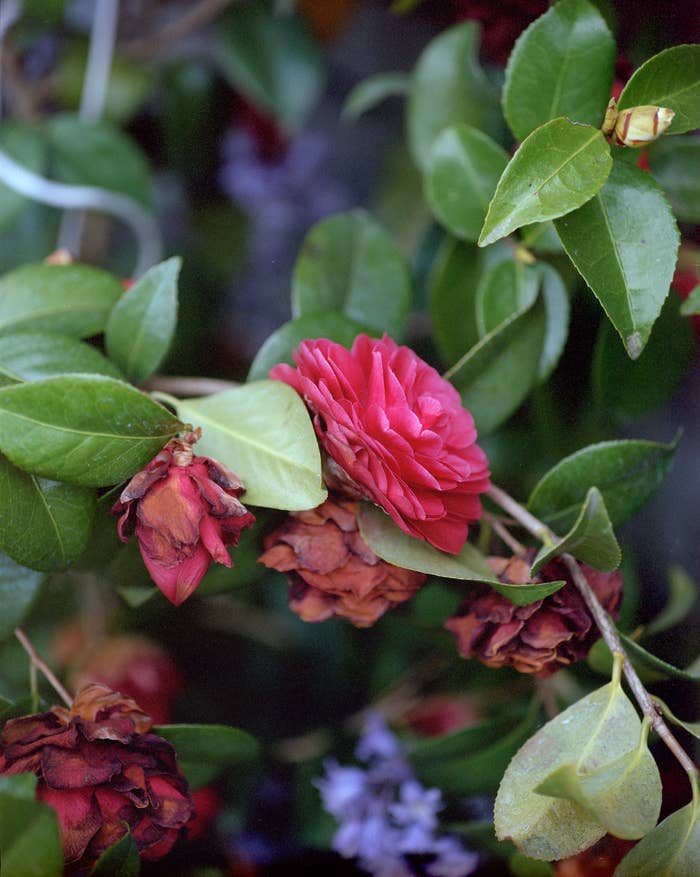
Time wasn’t on her side, and when time stopped with the coronavirus pandemic, I became obsessed with the very concept. I began to try to unlearn how I perceived the value of time and acknowledge that putting energy into preserving our happiness is just as valuable as our attempts to create it. Here I was, decades since adolescence, watching my mom once more not get to control her time in the pandemic because she was considered an essential worker. I threw myself into thinking about how I could give her my own time instead, and creating the garden she had always daydreamed about seemed like the best way to do that.
I’m a photographer, and when COVID-19 isolation began for me, I didn’t have the desire to touch my cameras for the first two months. In hindsight, the only way I've learned to explain those emotions to myself is that it didn’t feel right to create when I should’ve been doing everything I could to conserve. I traveled back to Seattle from Brooklyn to make sure my family was supported — my mom was still being asked to come in to work every day and my father was immunocompromised, so I knew that even just getting groceries for them would significantly help decrease their odds of infection.
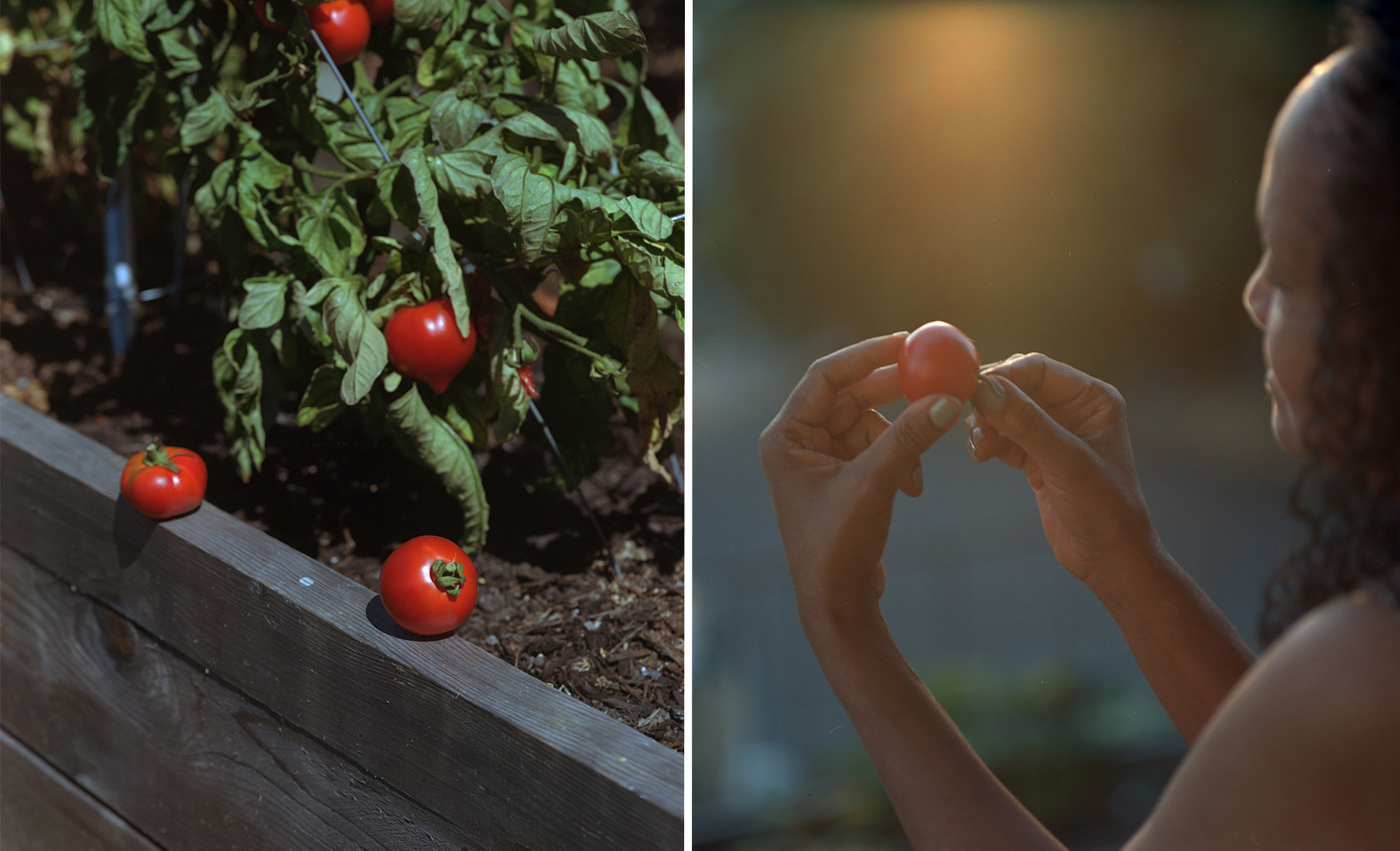
Art didn't feel like an escape for me anymore. Photography was now my source of income, and the anxiety I felt as a millennial who had graduated in a country that was still piecing itself back together after the latest government failure made it hard to think about making new work.
The stress of all of the uncertainty made me want to take a break from photography and untangle myself from the feelings of self-care and financial security that the medium had now come to represent for me.
While grappling with the idea of what to do with myself, I watched as this country asked my mom to ignore the global pandemic and continue going to her job. No matter how often I begged her to ignore this (quasi)nation right back, I knew that there was simply no telling a matriarch what to do. Without fail, my heated demands always crumbled down to room-temperature requests of consideration while my mom and I shared a plate of injera. I poured myself into helping my parents and extended family in every way I could, but the one thing I couldn’t give my mom was what frustrated me the most: time. So after a week or so of determining where our yard got the most amount of sun and an embarrassing number of hours spent on YouTube learning how to properly build a raised bed, I got to work. My first raised bed turned into four, along with a recent, modest attempt at a garlic patch.
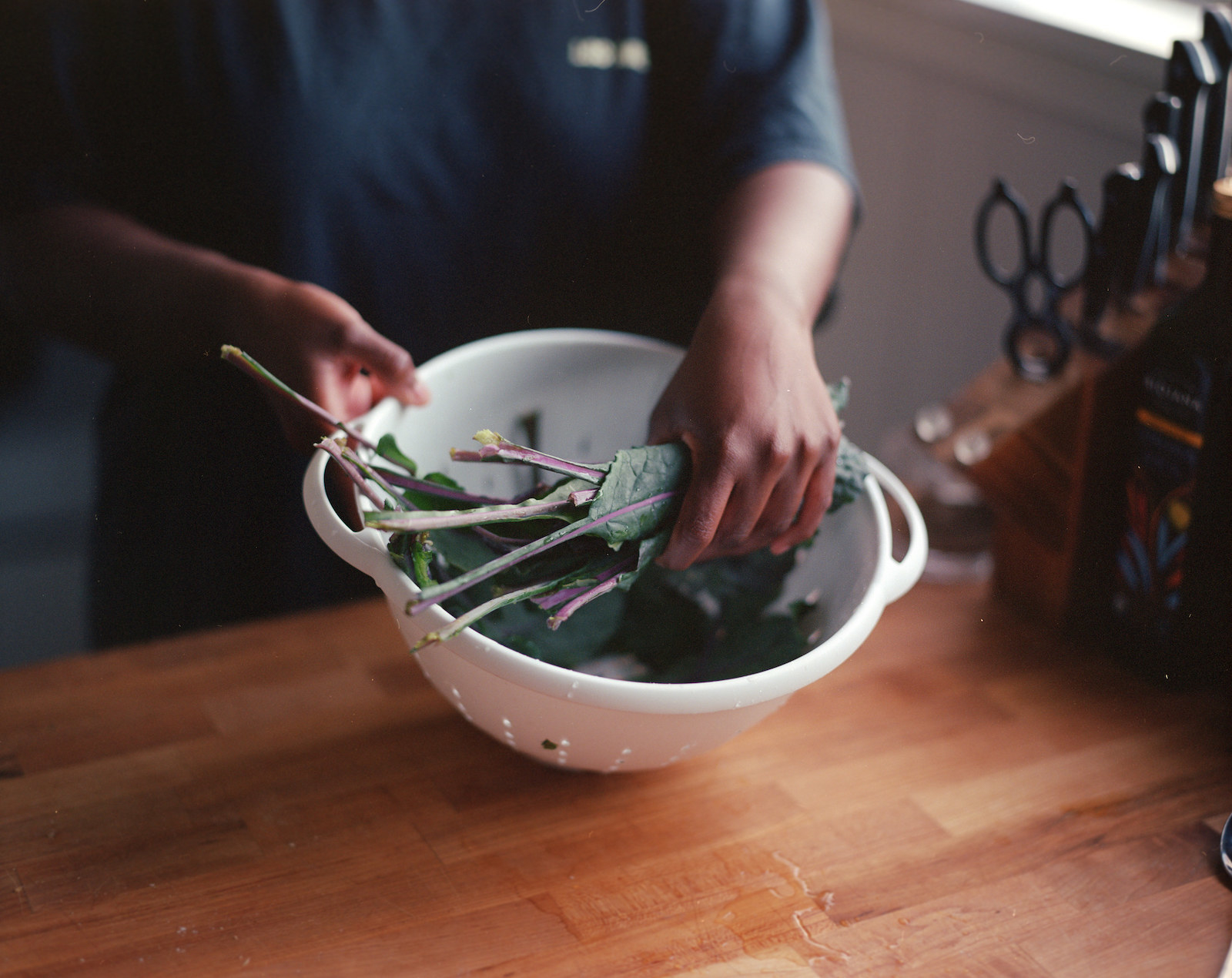
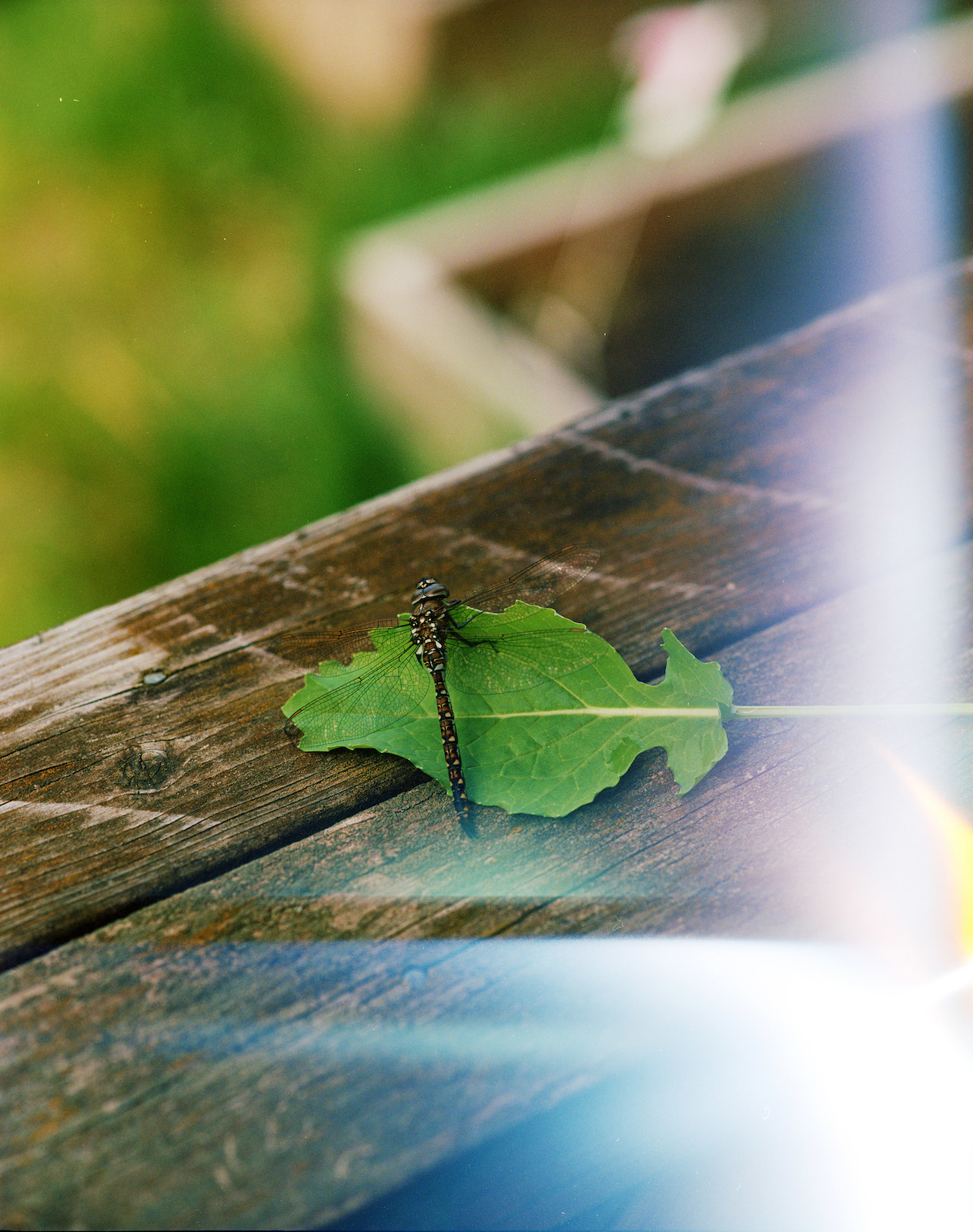
Every day I would dig, every day my dad would watch me dig, and every day he would tell me he didn’t know I knew how to dig. Within this part-humorous, part-antagonizing ritual of ours, I found the peace I didn’t know I had needed. What started as an interest I knew I could share with my mom became an infatuation for me big enough to fill every waking moment. When it rained, I would think about how great that was for the broccoli; when I saw a bee whiz by my head, I would hope it was on the way to pollinate my zucchini. The process humbled me and broadened my understanding of my place in the greater ecosystem. My desire for perfect bushels of veggies to feed my ego eventually transformed into the knowledge that if I grew more than we could consume, I would wake up to half-eaten leaves from the bugs and critters I shared the land with.
It helped maintain and grow my connection to my personal network as well. When it felt absolutely taboo to see our elders, I still had friends’ parents offer me decades of knowledge on gardening via social media, reconnecting me to the multigenerational community I once called my own before moving to New York. I learned of amazing Black farm co-ops that had popped up all around my neighborhood, and instead of doomscrolling through stats and figures on the pandemic, I was finding myself growing my community rather than isolating myself. I found it ironic how much I could love doing something that provided such a painstakingly slow return on investment, but I realized so quickly that I was desperate to have control of my own time too.
As a professional photographer, I create work that is consumed faster than it can be savored, sending off files to the autobahn of content, but gardening was something that moved only as fast as it was intended. Maybe there are a few tricks here and there to speed up the process, like exacting soil NPK or focusing on when to put your starters outside, but you either respect the process or are left with nothing. I reveled in my garden’s commitment to patience, learning as much as I could to enjoy nurturing the beds and producing the best crop. As our vegetables began to mature enough to eat, I knew that so much of my personal growth was tied to this process.
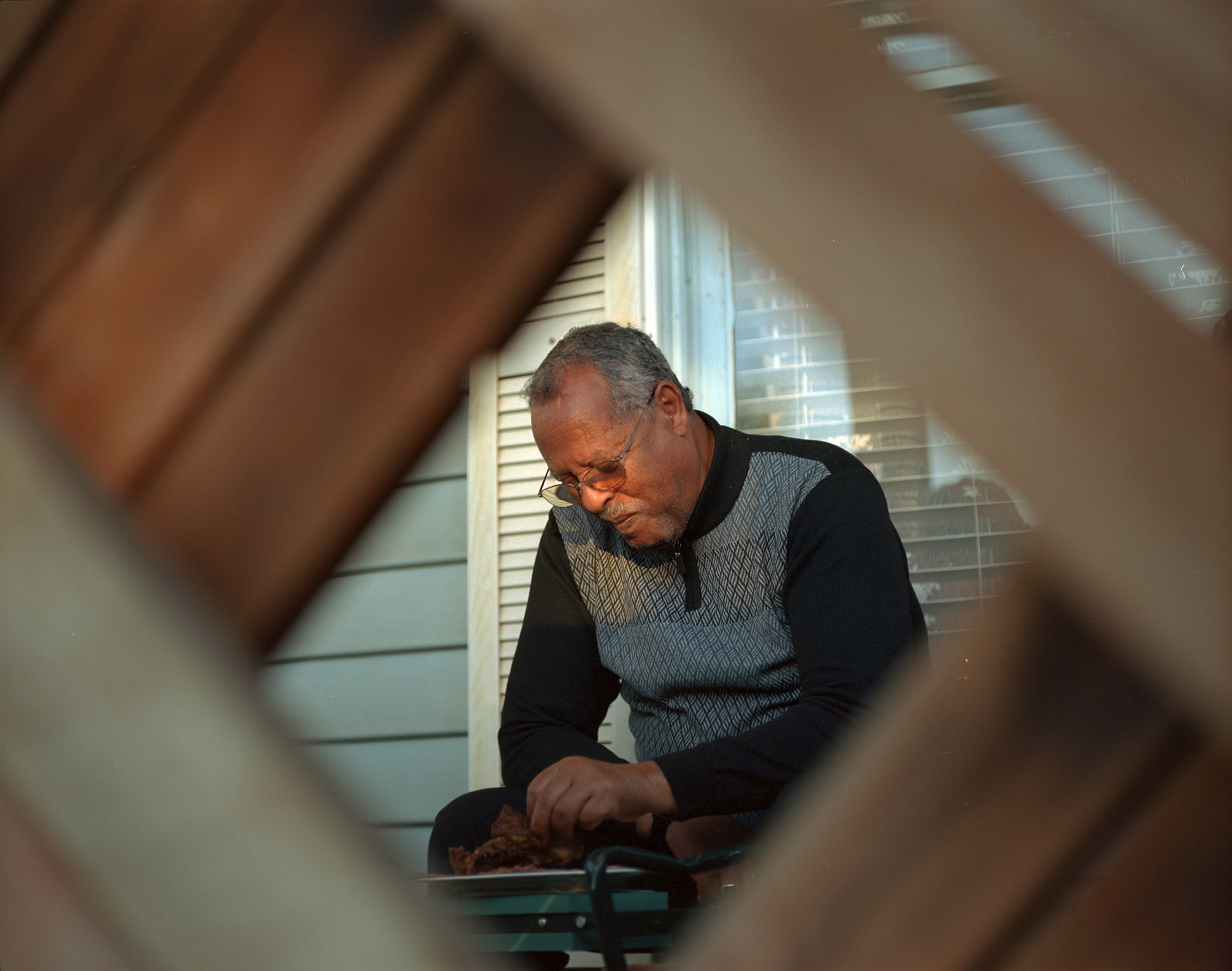
What was intended to be a solemn tribute to my mom ended up being an active shrine for the whole family. When I was out in the garden, my dad would stand at the porch and watch while thumbing through his bottomless mental archive of stories to tell me. My great-grandfather was apparently as successful a farmer as my dad is a storyteller, and whenever he saw me pruning the tomato plants, he’d whisk us away to Emba-Derho, Eritrea, and relay all the fun he had running through the family tomato farm and the mischief he created. By midday, my mom would come home from work, and if she saw us out in the garden, she would join as soon as she had her lunch. This became our routine, and our garden was as much a place to preserve our happiness as it was a utility to produce for our meals.
It’s been about a year and a half since our whole world changed, and I’m thankful that my health and my family's health are stable enough for me to be making work about finding peace in starting this garden. The opportunity to document this experience now is not lost on me. The privilege I feel to even have the space to create food seems like an act of a higher being during so much loss. I often drift away into my own daydreams of what I would do if I had more space to expand our garden, just as my mom did with her roses, but still I understand that what we have, here and now, should never be taken for granted. For me, I’ve decided time is my most valuable currency, and I plan on spending as much on my happiness as I can. As for my mom, her single rose plant is still thriving but is finished with producing for the year. That being said, for her birthday, I planted a row of bright camellias so that she knows whenever she’s ready to reclaim more time for herself, they’ll be there waiting for her. ●

